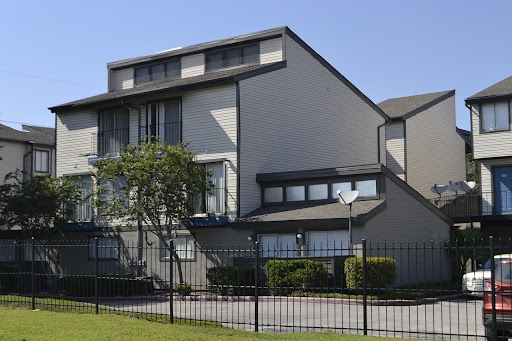Solar panels are a fantastic way of doing your bit for the environment, saving on energy bills and even making a bit of cash thanks to feedback tariffs.
But keeping them in good working order is important if you’re going to squeeze the maximum yield from them.
The key to keeping solar yields at their peak is cleaning the panels that house the photovoltaic cells so that they are primed to soak up as much sun as possible.
The Stats
A recent controlled experiment found that a panel’s efficiency can be reduced by up to 85% if left uncleaned.
Similarly, recent field research into solar arrays installed in dusty and sandy environments suggests that accretions of particulates on a panel can reduce its power output by up to 50%.
A Dirty Business
Given that clouds lurk in British skies for a good part of the year, there is no question that cleaning solar panels gives them the best chance of catching scant sunrays.
A real issue for some solar installations is bird droppings, especially if the panels are installed near a favourite roosting or perching spot.
The problem can be exacerbated if the panels have been fitted in such a way that they aren’t angled or pitched so that rainwater can easily run off them, taking dirt and grime with it.
Heavily soiled panels with ingrained dirt can be a real issue for solar panel efficiency and longevity – the dirty patches cause an uneven distribution of solar energy over the panel.
It’s not just dirt from our feathered friends that can impede solar panels. Organic creepies such as lichen, algae and assorted fungi often also like to set up home on a panel, which interferes with its ability to absorb sunlight.
Cleaning
The good news is that keeping solar panels in good nick needn’t be a hassle.
If you have easy access to a panel and it’s just lightly soiled you can wipe it clean with a non-abrasive cloth treated with a detergent.
However, for more hard-to-reach panels and those that are blighted with larger splotches and stains, a high-pressure hose pipe or jet can be used with a soap well to dislodge the dirt.
Stubborn stains and patches that harbour nasty fungi or mould should be treated with a cleaner like those available from GK Cleaning, which can kill the invasive organisms and will continue to work once the treatment is over.
Roof-based solar panels can also be cleaned with a water-powered telescopic brush kit. However, given that the poles used in these kits tend to be good conductors and the solar panels are electrical devices, this should be left to a professional.
Panel Longevity
Regular cleaning will prolong the shelf-life of the solar panel, which in turn increases the yield of a panel array by extending its operational life.
As mentioned earlier, dirty solar panels can develop hot spots – dirt blotches and splotches that block the sun rays in one part of the panel, meaning that the sun tends to focus on a smaller, more concentrated area.
By cleaning these nuisance patches, you keep the solar panel from malfunctioning and thereby increase its longevity – in fact, a well-maintained panel can last up to 25 years.
Conclusion
Solar panels are an investment and should be treated as such.
By keeping them clean, you protect that investment and squeeze every last bit of efficiency out of them, contributing to an energy efficient home.

